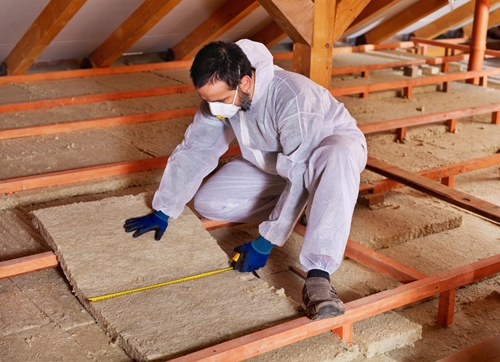
The Occupational Safety and Health Administration issued its final standard on confined spaces last year, and the regulation became effective Aug. 3, 2015. However, as the standard was extended to include the construction industry, some lingering confusion remained, leading OSHA to issue additional guidance.
In a memorandum released last month, OSHA provided clarification on the application of 29 CFR 1926 Subpart AA, the part of the confined spaces standard that relates to residential construction work. The document provides more information on employer obligations to upholding the standard, including the following:
- Clarification on the scope of the standard
- How the standard applies to attics, crawl spaces, basements and other potential confined space or permit-required confined space exposures
- Multi-employer communication requirements
- General information on the applicability of the rule
To be considered a confined space and covered by the Confined Spaces in Construction Standard, the area must be large enough for an employee to enter, have limited or restricted entry and exit, and not be designed for continuous employee occupancy. Additionally, some confined spaces are permit-required and entrance to these areas must be restricted. An area becomes a permit-required confined space if it meets all the definitions of a confined space and contains, or has the potential to contain:
- A hazardous atmosphere
- A material that could engulf an entrant
- An internal configuration that would trap or asphyxiate a worker, such as inwardly converging walls or a floor that slopes and tapers to a smaller cross-section
- Any other recognized serious safety or health hazard
The OSHA memo noted that the majority of the requirements laid out in the new confined spaces standard only apply to permit-required confined spaces. For most residential construction sites, typical confined spaces, such as attics, basements and crawl spaces, would not contain the hazards covered by permit-required entry.
"Employers must have a competent person evaluate the confined space to determine if a permit is required."
That said, employers are responsible for having a competent person evaluate the confined space to determine if a permit is required. A competent person is defined by OSHA as someone who is capable of identifying existing and predictable hazards and has the authority to address them. If the competent person determines that the confined space does not require a permit, the employer has the remaining obligation to have a competent person reevaluate the space if conditions at the worksite change and reclassify the space as a permit-required if applicable.
OSHA noted that the presence of electrical equipment or limited lighting would not automatically create hazards that would require a permit for the space. However, if a worker is exposed to significant electrical equipment, such as a live conductor, or any factors restrict the employee's ability to exit the space without assistance, a permit may be required. OSHA did point out that the competent person must evaluate the space for all serious safety and health hazards, including noise. While there is no specific threshold noise level that constitutes a physical hazard, the noise level must not be so high that it impedes a worker's ability to safely exit the space alone.
Construction-specific guidelines
As Lexology noted in its analysis of the new Confined Spaces in Construction Standard, much of the guidelines are similar to those for general industry. However, there are some obligations specific to construction employers. For one, the requirement to have the worksite evaluated by a competent person is unique to the construction standard.
For construction sites with permit-required confined spaces, there are also additional guidelines unique to the construction standard. These include the following:
- Formally establishing the path of entry and exit, plus ventilation methods for the space
- Providing any safety equipment required by the permit before workers enter the space
- Eliminating or controlling all potential hazards in the space
- Having the air within the space tested for oxygen levels, flammable and toxic substances and stratified atmospheres before workers enter
- Creating formalized rescue procedures
Continuous atmospheric monitoring for permit-required confined spaces is also required under the construction standard unless the employer can show that the necessary equipment is not commercially available or that periodic monitoring is sufficient for worker safety. This is a more rigorous requirement than that of the general industry standard where continuous monitoring is encouraged, but not required.
"The standard contains training requirements that are unique to construction."
The standard also contains training requirements for confined spaces that are unique to construction, including that employers will have to maintain records to show this training has occurred. Employers must notify all employees of the hazards present in the confined spaces, even if a permit is not required for entry. Employers are responsible for ensuring all workers understand the hazards and are trained on how to safely perform their tasks, which may include how to handle hazardous materials in a permit-required confined space. Employees who are not authorized to enter permit-required spaces should also be notified of any dangers involved in attempting a rescue of other workers in the event of an emergency.
Lexology further noted that the construction standard has deliberate and substantial overlap in the duties and responsibilities for three different types of employers – entry employer, host employer and controlling contractor. This was done to reflect the dynamic nature of construction sites which are often populated by workers from different staffing sources.
An entry employer is classified as one that directs employees to enter a permit-required confined space. The host employer is the employer that owns or manages the property where the construction work is taking place, while the controlling contractor is the employer who has overall responsibility for construction at the worksite. If the controlling contractor owns or manages the property, this person or company may also be considered the host employer.
The responsibilities for each type of employer are laid out in the Confined Spaces in Construction Standard.




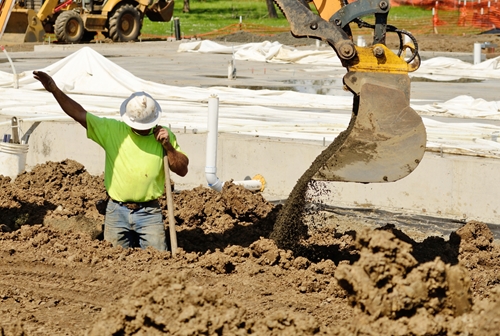
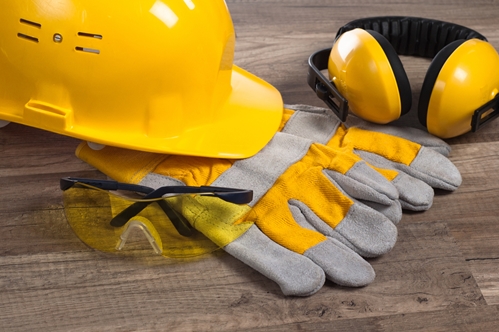
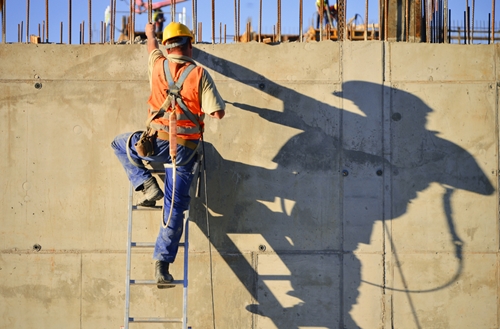
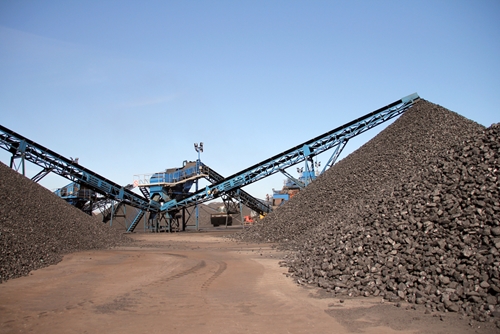
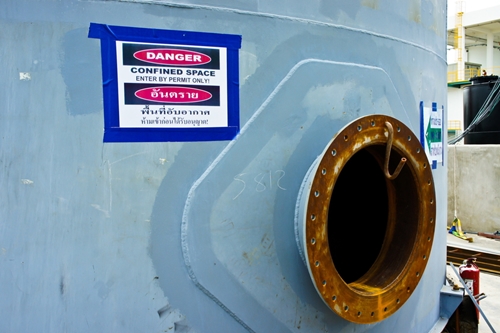


 Workers in outdoor environments are at higher risk for heat-related illness, especially during their first days on the job site.
Workers in outdoor environments are at higher risk for heat-related illness, especially during their first days on the job site. 





